Finishing artwork may be the hardest creative stage, especially with abstract art. I often compare it to assembling a jigsaw puzzle, only without referring to the photo on the box. Artists hear the question “How long does it take you to finish a piece of art?” all the time. In one of my last workshops, I was surprised and maybe a bit disappointed that one student consistently felt his work was finished before I felt like he’d even gotten close. Students can be deceived into thinking that teachers usually paint quickly. In reality we are trying to finish a demonstration painting quickly, just to allow students time to get to their easels.
In the privacy of their own studios, most artists work much more slowly and deliberately than they would when doing a demonstration or teaching a workshop. I was also surprised to see a friend and fellow artist in her studio recently. She pulled out numerous paintings that were mere beginnings; they hadn’t been worked to full completion. Why is finishing so difficult for this painter?
It got me thinking about my own process. I rarely feel I can start the next painting until my current painting is finished. I have the same proclivity when reading books: one at a time. Maybe that is what got me into trouble with my most recent works. I started two at a time.
Trouble on the Horizon
At the beginning, each painting related to each other. But as I worked on solving the puzzle that each work presented, they began to differ. To be fair, I worked on them over the course of 3 long months. I am usually quicker about finishing artwork in a more condensed period of time, but teaching interrupted the time I had to paint.
My challenge was finishing each artwork so that they related to each other and to my original inspiration, without looking to similar or too different. Here are the two finished paintings:
- “Silvery Slough” Oil & Cold Wax on Panel 24″x24″ ©Ruth Armitage
- “Wetlands” Oil and Cold Wax on Panel, 24″x24″ ©Ruth Armitage
At a certain moment, the painting will shout or whisper, ‘Leave me alone,’ and we must hear, and agree, and give up our active role in the conversation and let the painting speak for itself.
– Bonnie Mandoe
“Wetlands was the first to tell me it was finished. While “Silvery Slough” took much longer! I’ve put together a brief (10 min.) video that shows you some of the stopping points in my process of finishing these artworks. You’ll also see a couple of artists I’m taking inspiration from right now: Felicia Van Bork and Stuart Shils. I hope you’ll enjoy seeing their work. Shils’ comments on finishing artwork were particularly interesting to me. His photos of work in various stages, and in various lighting are as thought provoking as his writing.
Further Reading
You can read more about finishing artwork in these posts from Art is Truth.
Chime in:
When finishing artwork, how do you know when to stop? Are you like Bonnie Mandoe? Or does one of the other quotes below the video speak more to your process? If you are a collector, do you enjoy seeing photos of artworks in process? Why or why not?
“I let myself have a night’s sleep to work things out… Only the next day do I consider a new painting truly finished.” – Jean-Francis Le Saint
“When something is finished, that means it’s dead, doesn’t it? I believe in everlastingness. I never finish a painting – I just stop working on it for a while.” – Arshile Gorky
“How do you complete a painting, really? There are paintings by so many different artists that are interesting precisely because they haven’t really been completed.” – Peter Doig
“I have to keep working, not to arrive at finish, which arouses the admiration of fools… I must seek completion only for the pleasure of being truer and more knowing.” – Paul Cèzanne
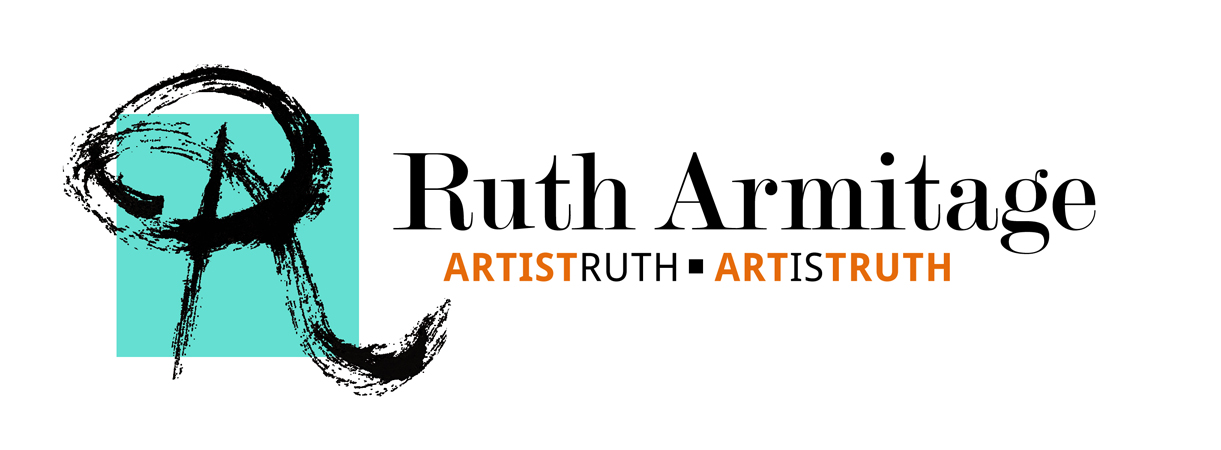
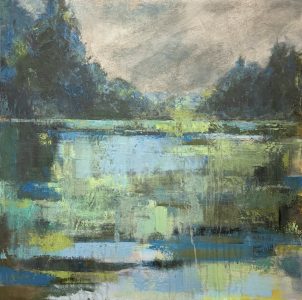
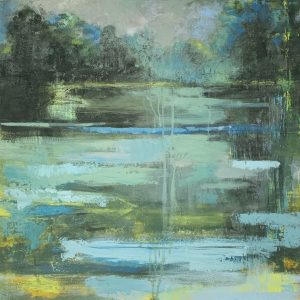
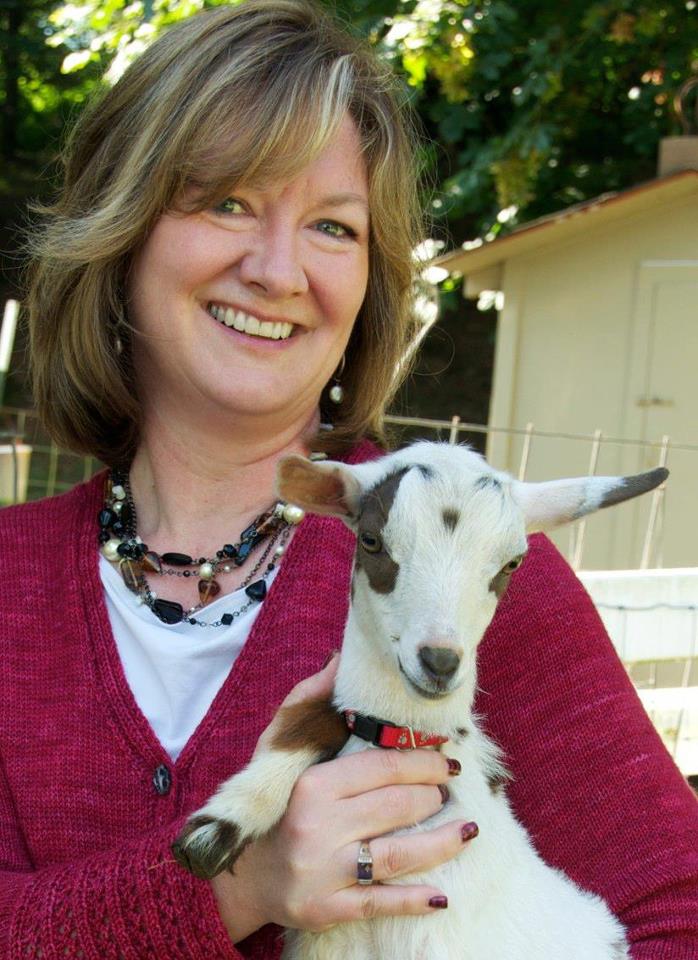
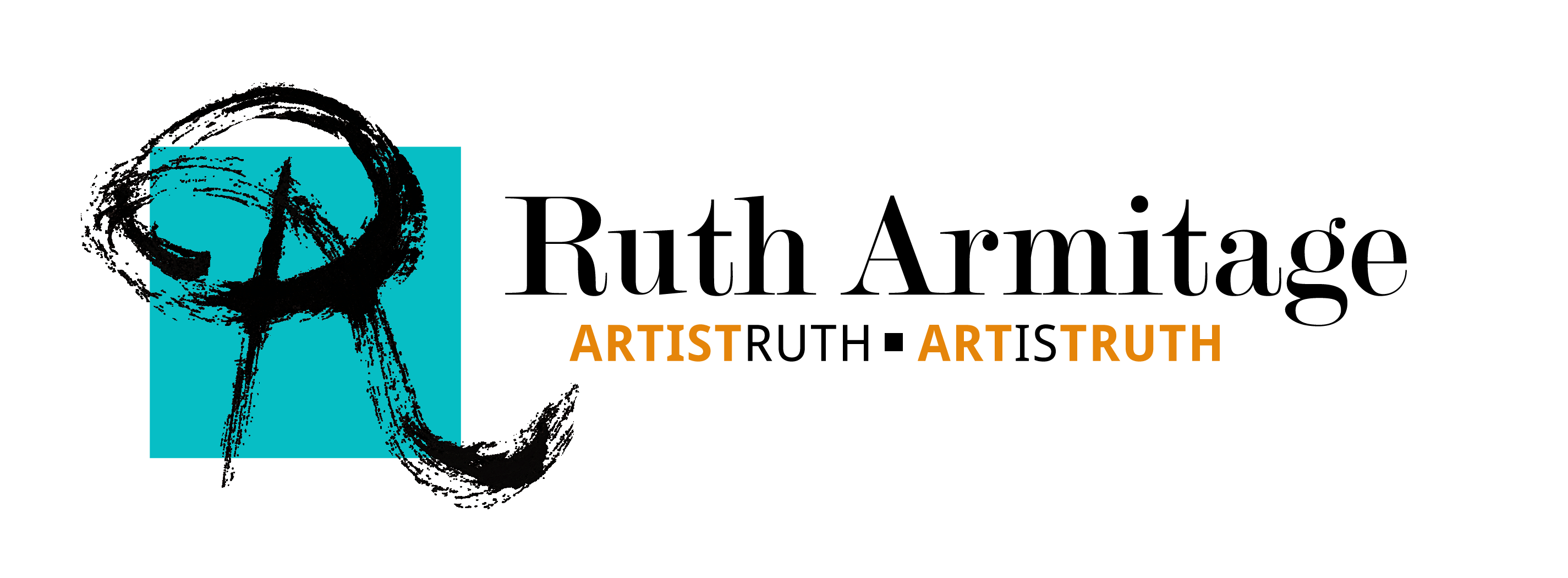
Hi Ruth, I am always inspired by your work. Thanks for sharing your process. Love the finished peice.
Thank you, Connie!
I like this post. As you know, I am a quick painter. However, it can take years for a piece to be “finished.”
I am sometimes quick, myself…. but I don’t take the finishing stage for granted! Looking forward to seeing your show!
Ruth,
It’s a timely question for me so thank you for posing it. I visited the Palm Springs Art Museum last week and was really blown away by the work I saw. I thought about the art that I look at every day and realized that most artists whose work I see simply don’t take their pieces far enough. The work I saw in the museum (granted, it was of a different caliber than many of our own work), was very complete, for lack of a better term. It had all of the “bells and whistles’ that make a piece of art really sing. That’s external and subjective I know but internally, I wonder if artists just get tired and want to stop? Or maybe they lose the thread and want to get on to the next idea? Or maybe even we don’t have the tools yet to really finish something; to push the design or push some aspect such as color? For me, my work feels done when I sense a certain tension between the parts; when I can turn it every which way and find it balanced. That small thing has taken me forever to achieve. I suspect knowing when something is finished is very individual and maybe has more facets to it than we can think of.
It’s a great question as I said so thank you.
Libby
Thanks fo joining the conversation, Libby. Yes, I think you are right that maybe we don’t always have the facility to take our work to the next level. Sometimes it is hard as an instructor to realize that everyone is in a different phase of the journey. I think this topic is deep enough for several posts!
Interesting post, Ruth! As an abstract artist, I’m often driven by my process and that, in itself, guides me on deciding how and when one of my abstractions is finished, especially my layered oil-and-metallic-watercolor paintings. Thanks for posting this!
Thanks for sharing your perspective, David!